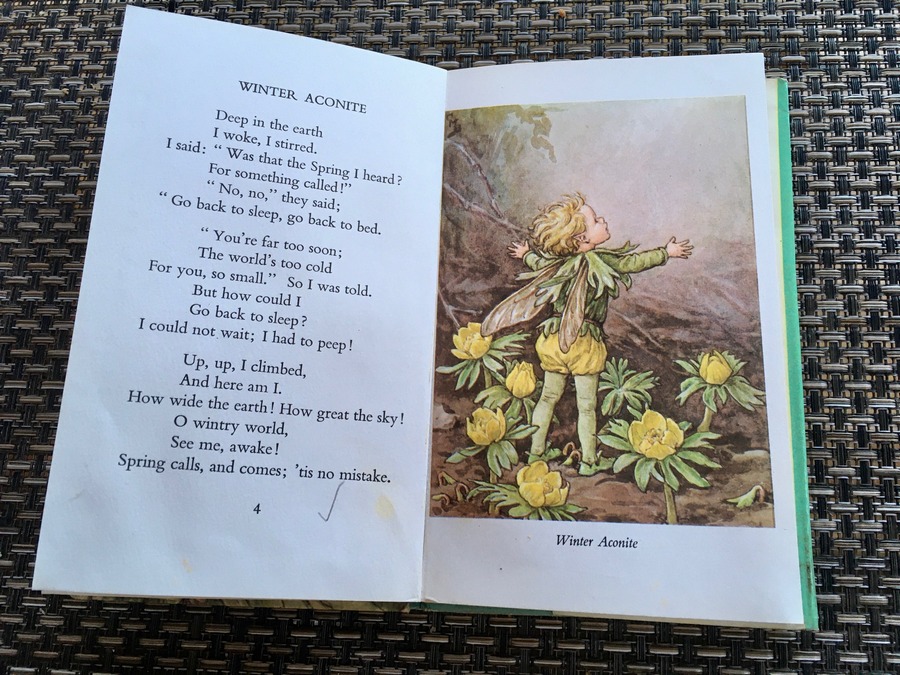The First Flowers of February
February is very much a winter month with the potential for hard frosts and snow. However, it’s also a time when the first of the spring flowers start to break through, providing early colour and cheer. The snowdrop is a spectacular flower when seen in drifts of white beneath the trees in Lydiard Park. The scientific name for Snowdrop is Galanthus Nivalis originating from the Greek language “gala” meaning milk, “anthos” meaning flower and “nivalis” from the Latin meaning snow. The Snowdrop was officially named Galanthus by Carl Linnaeus in 1753 but the date of introduction to the UK is not known, although it was described by botanist John Gerard in his written accounts from around 1600. Because the snowdrop is associated with purity it was frequently planted at religious sites but many parklands have these swathes of white flowers too.
Sometimes the woodland paths are also enhanced with the wild winter aconites, a species of buttercup that is native to some European woods and widely naturalised elsewhere. The aconite is also known by the evocative name winter wolf’s bane, and its bright yellow flowers and dark green leaves add a splash of sunlight yellow in the bare woodlands. But don’t eat the aconite! For centuries it was grown in medicinal gardens as it could be therapeutic in small doses, but like a lot of plants it is poisonous! The aconite was one of the flowers celebrated in Cicely M Barker’s wonderful early 20th century “flower fairy” books.
